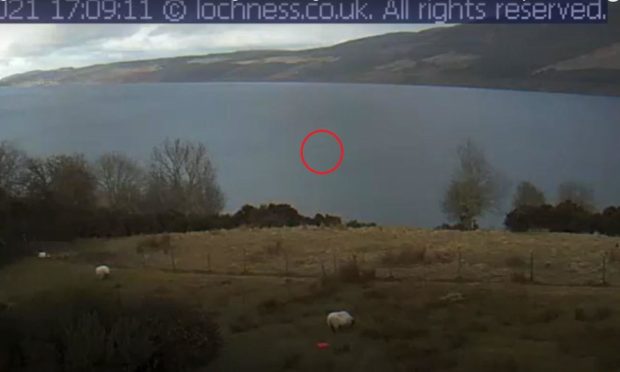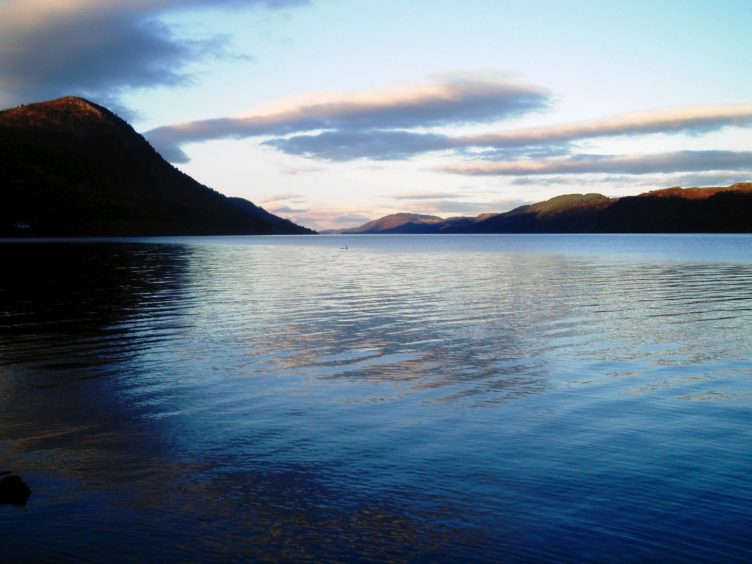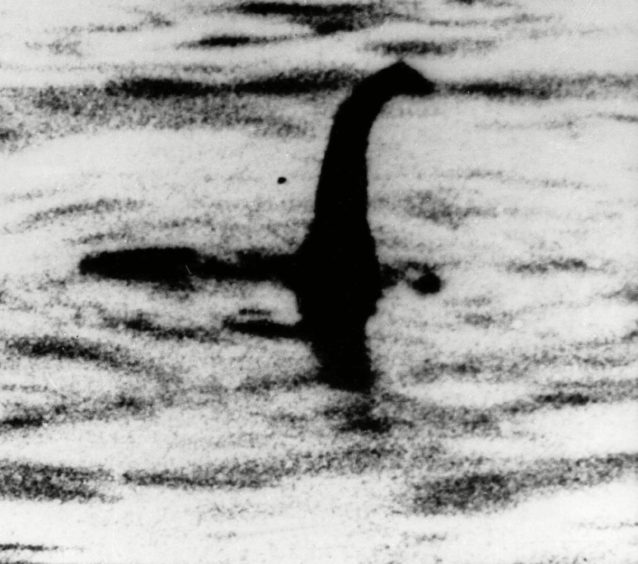Another official sighting of the elusive Loch Ness Monster has been recorded.
Ripples were spotted on a webcam view of the loch by veteran Nessie spotter Eoin O’Faodhagain.
The 56-year-old hospital clerk from County Donegal, Ireland said they were caused by two black humps shapes 10ft apart.
Mr O’Faodhagain said: “There was a disturbance of water and a wake is also visible with a black shape seen rising up and down, as it moves slowly across the screen and disappears under the letter H of the same word.
“Two smaller black shapes appeared, close together, and I caught this odd-looking image on a screenshot.
“I did not see any boats at the time of sighting. There seemed to be a lot of action on the water around the object even though it moved slowly.”
The video was captured just after 5pm on March 12.
It is the fourth Nessie sighting of 2021 and the 12th by Mr O’Faodhagain since 2017.
The latest sighting has been recorded on the Official Loch Ness Monster Sightings Register, which is kept by Gary Campbell.
The Nessie phenomenon
The Loch Ness Monster is one of Scotland’s oldest and most enduring myths.
It has inspired books, TV shows and films, and sustains a major tourism industry around its home.
The story can be traced back 1,500 years when Irish missionary St Columba is said to have encountered a beast in the River Ness in 565AD.
The idea of some kind of beast in the water was principally a local legend and largely unknown to the outside world until the 1930s when a new road was built on the northern shore of Loch Ness, allowing easier access to unobstructed views of the water.
The first modern sighting of Nessie was publicised in 1933 by the Inverness Courier.
The newspaper’s Fort Augustus correspondent Alec Campbell reported a sighting by Aldie Mackay of what she believed to be Nessie.
Mr Campbell’s report described a whale-like creature and the loch’s water “cascading and churning”.
The same year the Daily Mail, taking advantage of a Nessie craze that was attracting international attention, hired famous big game hunter Marmaduke Wetherell to travel to the Highlands to find the monster.
The search was unsuccessful, though he did find what he thought were the monster’s tracks. These were later examined and found to be made with a dried hippo’s foot, the kind that were popularly used as umbrella stands.
A few months later, the monster was in the news again when a highly-respected surgeon, British Colonel Robert Wilson, was driving along the shore on April 19, 1934 when he said he noticed something moving in the water.
He stopped his car and took a photo. The resulting image appeared to show a slender neck of a serpent rising out of the loch.
For decades the image was considered to be the best evidence ever obtained of the creature’s existence.
Col Wilson himself never publicised the image and refused to have his name associated with it, which meant it became known as “the surgeon’s photo”.
The image was discredited in the 1990s but the search – or myth, depending on who you believe – continues to this day.


